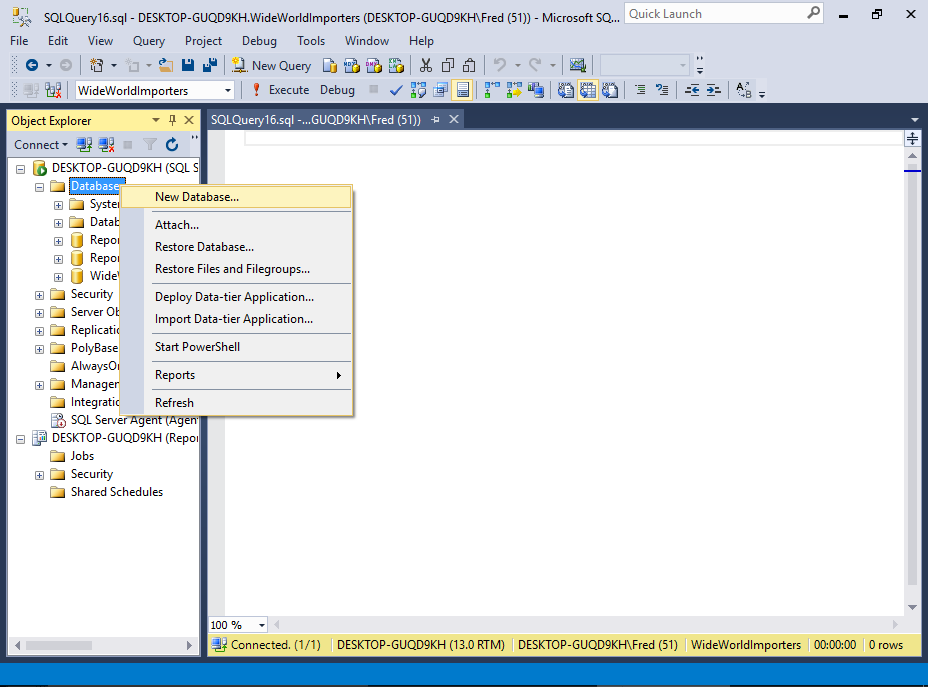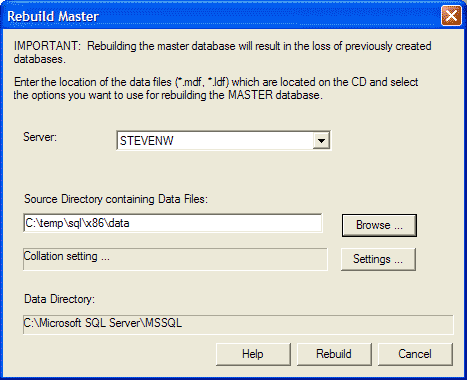


Script level upgrade for database ‘master’ failed because upgrade step ‘ISServer_upgrade.sql’ encountered error 15151, state 1, severity 16. Upon initial verification the error from Application log in event viewer looked like:.A Customer identifies that SQL Services are down and cannot even restart them manually & makes the emergency call to us.Otherwise, one of these other applications may re-connect to the SQL Server instance after it is restarted, and prevent the agent from performing the restore.The following scenario Occurred recently: Important! You must stop all applications and services other than Arcserve Backup that may be using databases in the Microsoft SQL Server instance for which you are restoring the master database. The agent will restart Microsoft SQL Server in Single-User Mode before executing the restore operation, and will return Microsoft SQL Server to Multi-User Mode at the conclusion of the master database restore. When you restore the master database, the Agent for Microsoft SQL Server automatically detects this. The only exception to this is Arcserve Backup itself the Agent for Arcserve Database will ensure Arcserve Backup is not using any ARCserve Database that the instance might contain. This includes some secondary services which are part of Microsoft SQL Server, such as the SQL Server Automation Agent (“SQL Server Agent” service).

For complete instructions on rebuilding your Microsoft SQL Server master database, see the Microsoft SQL Server documentation.īefore restoring the master database, you must stop all applications which may be using that instance of Microsoft SQL Server. To ensure this, the Microsoft SQL Server instance must be running in single-user mode.

Restoring the master database requires that the restore operation have exclusive access to the SQL Server instance. Backup and Recovery Best Practices › Restore Overview › Restore Master Databasesīefore you restore the master database, if the database files are missing, you may need to either restore Microsoft SQL Server Disaster Recovery Elements for that instance, or rebuild it using the Microsoft SQL Server Rebuild Master utility.


 0 kommentar(er)
0 kommentar(er)
